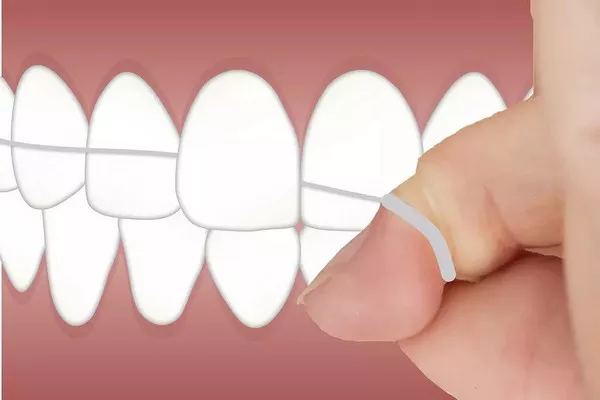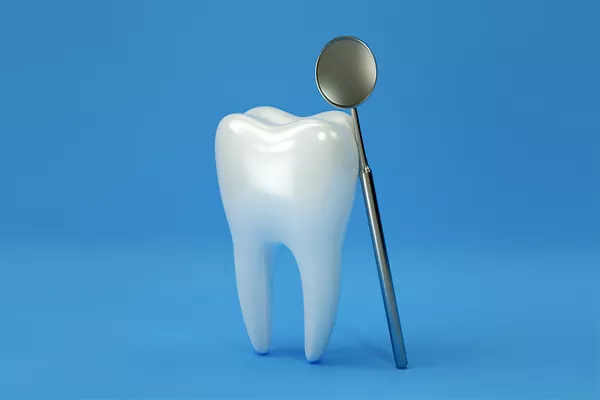Root planing is a common dental procedure that involves removing plaque and tartar buildup from the roots of teeth. It is typically performed by a dentist or hygienist, and is often recommended as a treatment for gum disease.
Despite its benefits, many people are hesitant to undergo root planing due to concerns about pain and discomfort. In this article, we will explore the question of whether root planing hurts, and offer tips for managing any discomfort that may arise.
What is Root Planing?
To understand whether root planing hurts, it is important to first understand what the procedure entails. Root planing is a deep cleaning treatment that targets the roots of teeth. It is typically recommended for patients who have signs of gum disease, such as swollen or bleeding gums.
During a root planing procedure, the dentist or hygienist will use special tools to remove plaque and tartar buildup from the roots of the teeth. This process can be uncomfortable, but local anesthesia is typically used to numb the area and minimize any pain.
Does Root Planing Hurt?
While root planing can be uncomfortable, most patients do not experience significant pain during the procedure itself. The local anesthesia used to numb the area helps to minimize any discomfort.
After the procedure, however, some patients may experience mild to moderate discomfort. This can include sensitivity to hot or cold temperatures, as well as soreness in the gums. These symptoms typically subside within a few days, and can be managed with over-the-counter pain relievers.
Tips for Managing Discomfort
If you are scheduled to undergo a root planing procedure, there are several steps you can take to manage any discomfort that may arise:
- Take over-the-counter pain relievers: Over-the-counter pain relievers such as ibuprofen or acetaminophen can help to alleviate any discomfort you may experience after your root planing procedure.
- Use a warm saltwater rinse: Rinsing your mouth with warm saltwater several times a day can help to reduce inflammation and promote healing.
- Avoid hard or crunchy foods: After your root planing procedure, it is best to stick to soft foods that are easy to chew. Hard or crunchy foods can exacerbate any discomfort you may be experiencing.
- Practice good oral hygiene: Maintaining good oral hygiene is essential after a root planing procedure. Be sure to brush and floss regularly, and follow any other instructions provided by your dentist or hygienist.
Benefits of Root Planing
In addition to understanding whether root planing hurts, it is important to consider the benefits of this dental procedure. Here are several reasons why root planing can be a valuable treatment option:
- Improves gum health: Root planing targets the root surfaces of teeth, which are often a haven for bacteria that can contribute to gum disease. By removing this buildup, root planing can improve gum health and reduce the risk of future problems.
- Prevents tooth loss: Gum disease is a leading cause of tooth loss in adults. Root planing can help to prevent this outcome by eliminating the factors that contribute to gum disease.
- Reduces bad breath: Bacteria that accumulate on the roots of teeth can produce foul-smelling gases that contribute to bad breath. By removing this buildup, root planing can help to improve breath odor.
- Enhances overall oral health: Good oral health is linked to overall health and well-being. By improving gum health and preventing tooth loss, root planing can have a positive impact on your overall health.
Risks and Complications
As with any medical procedure, there are some risks associated with root planing. These can include infection, bleeding, and damage to surrounding teeth or tissues.
However, these risks are relatively rare, and most patients experience few complications after a root planing procedure. If you have concerns about these risks, be sure to speak with your dentist or hygienist before undergoing the procedure.
Alternatives to Root Planing
While root planing can be an effective treatment for gum disease, it is not the only option available. Depending on the severity of your condition, your dentist or hygienist may recommend alternative treatments such as scaling and polishing, laser therapy, or surgery.
It is important to discuss all of your treatment options with your dental provider to determine the best course of action for your needs.
In conclusion, root planing is a valuable dental procedure that can help to improve gum health, prevent tooth loss, and enhance overall oral health. While it may be uncomfortable, most patients do not experience significant pain during the procedure itself. By following the tips outlined in this article, you can manage any discomfort that may arise and ensure a smooth recovery. If you are considering root planing or have concerns about gum disease, be sure to speak with your dentist or hygienist for more information.
Related Topics:































